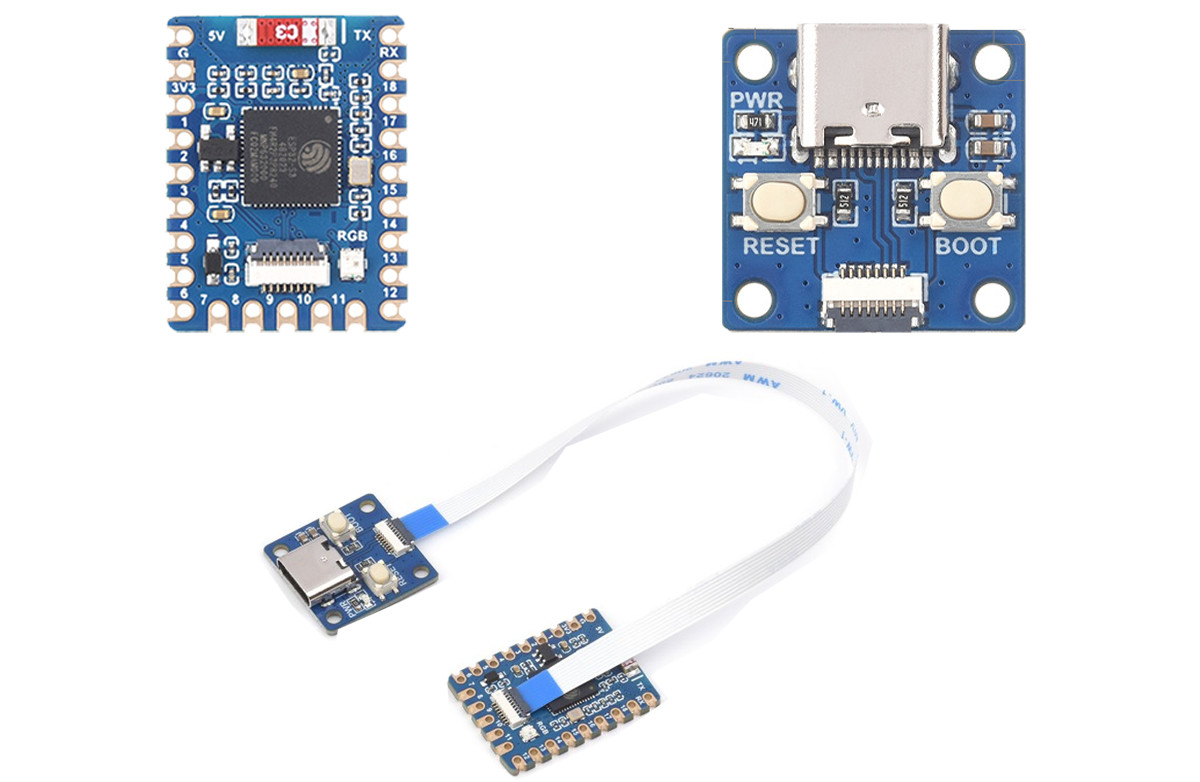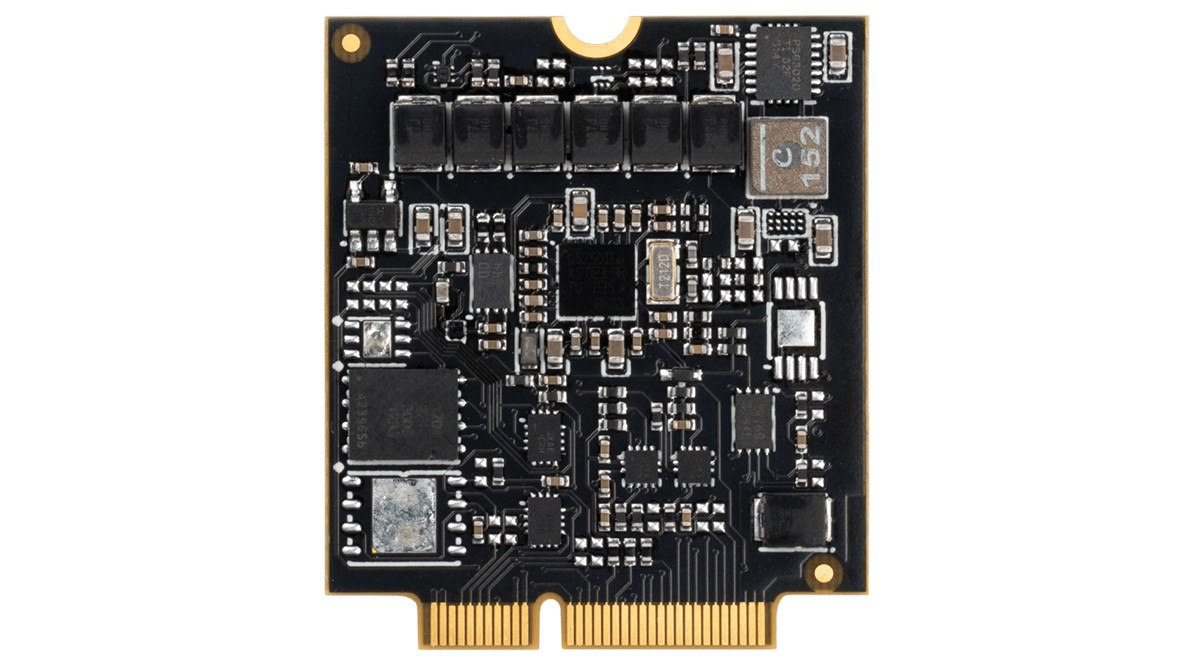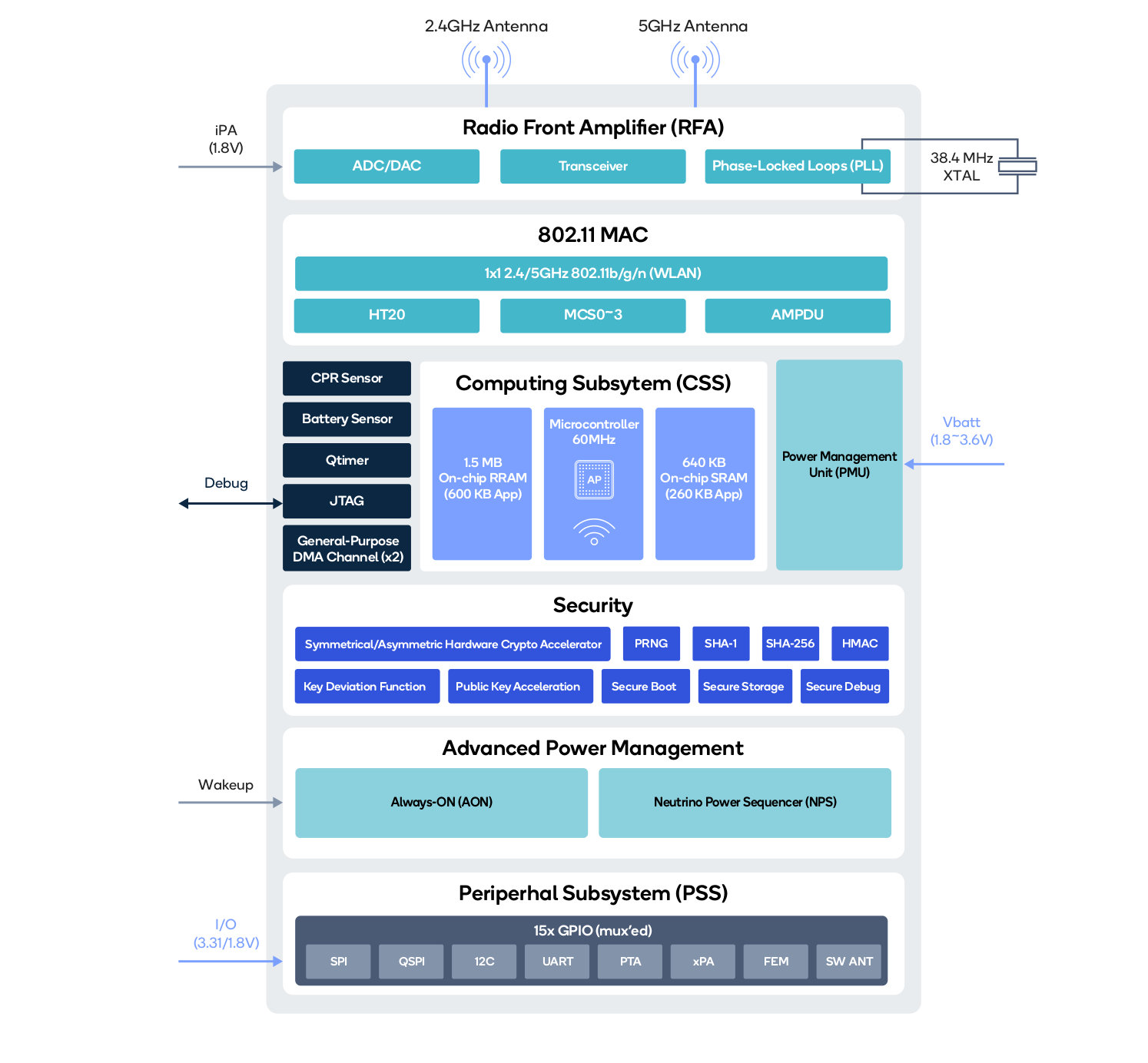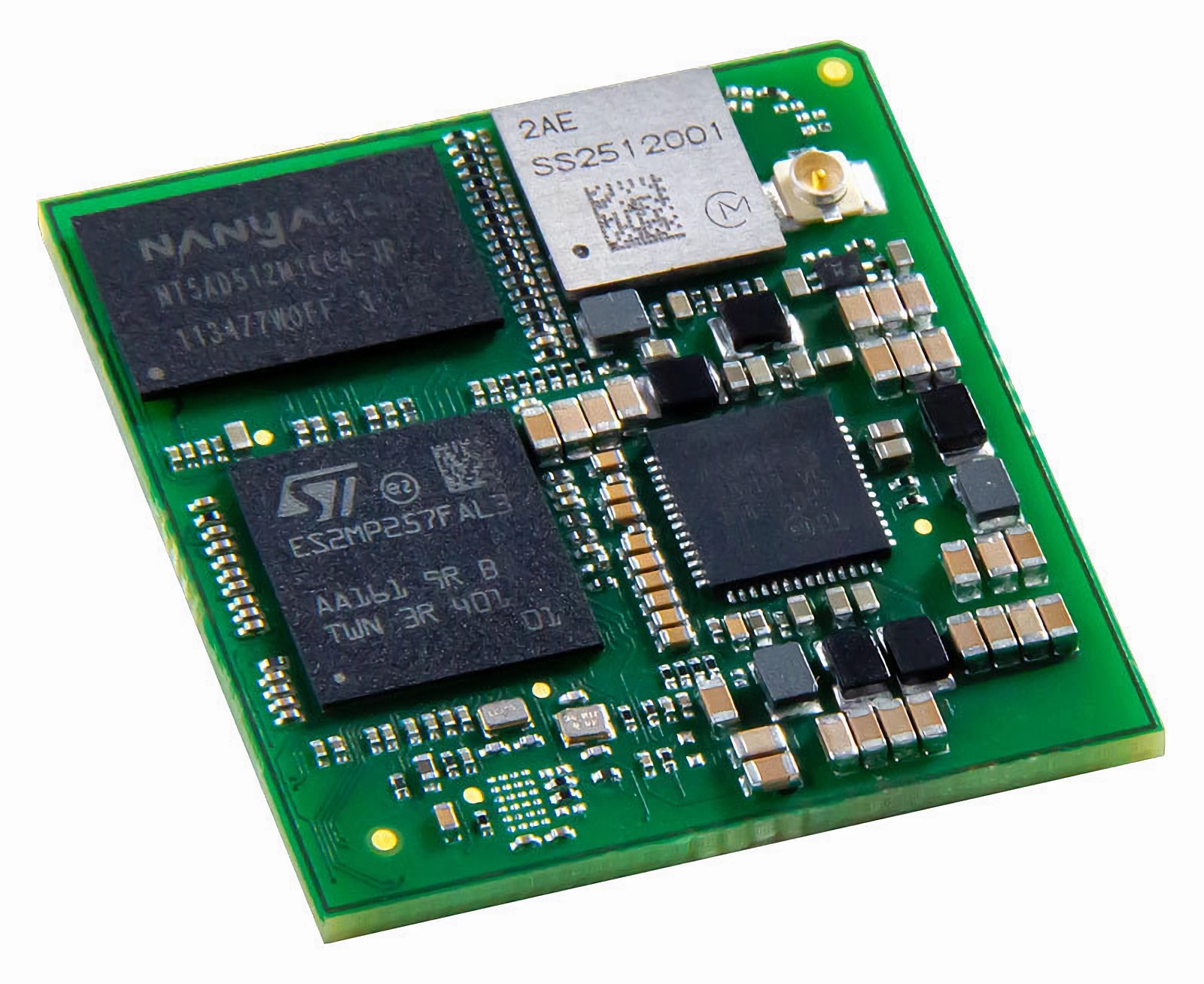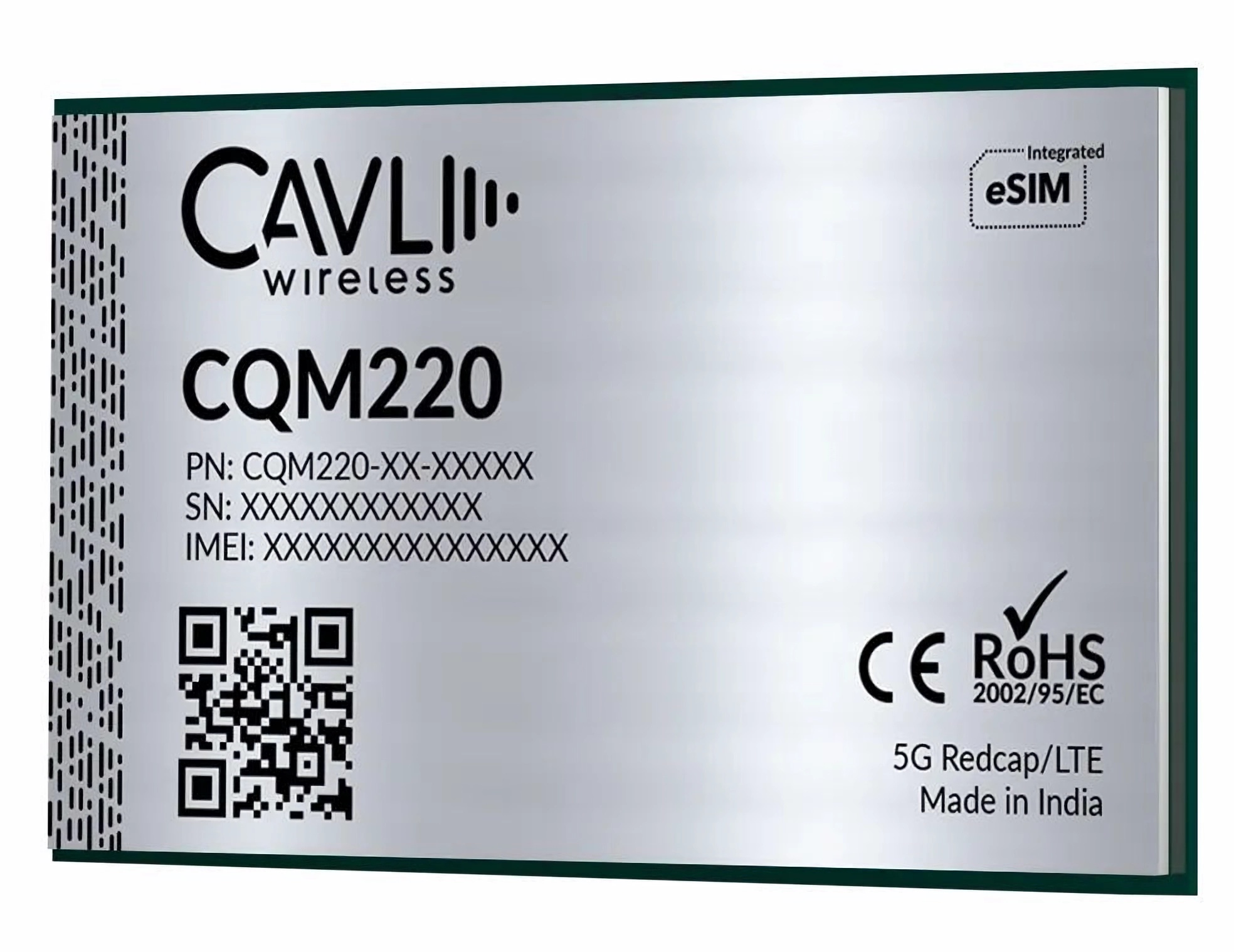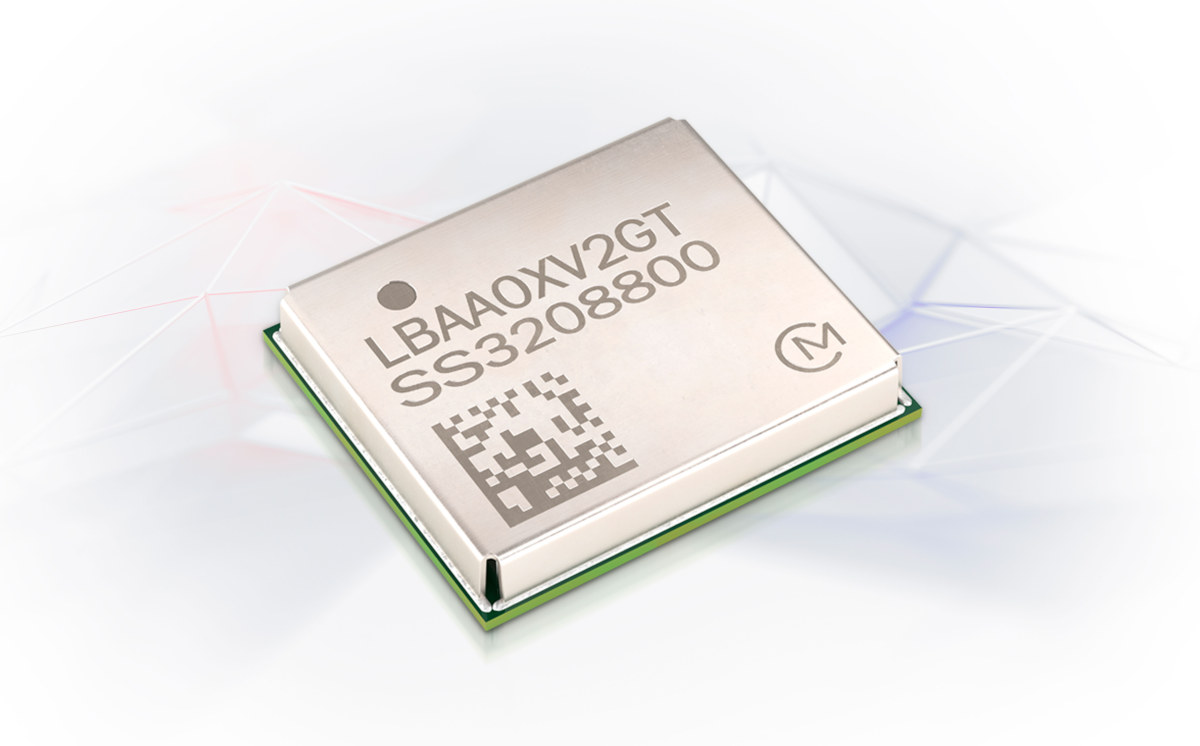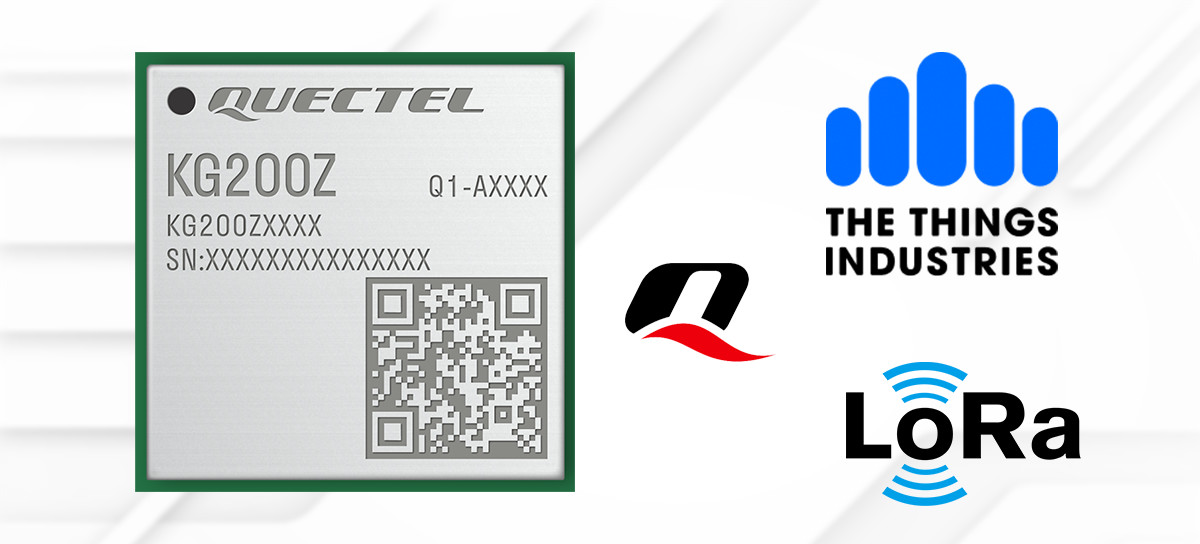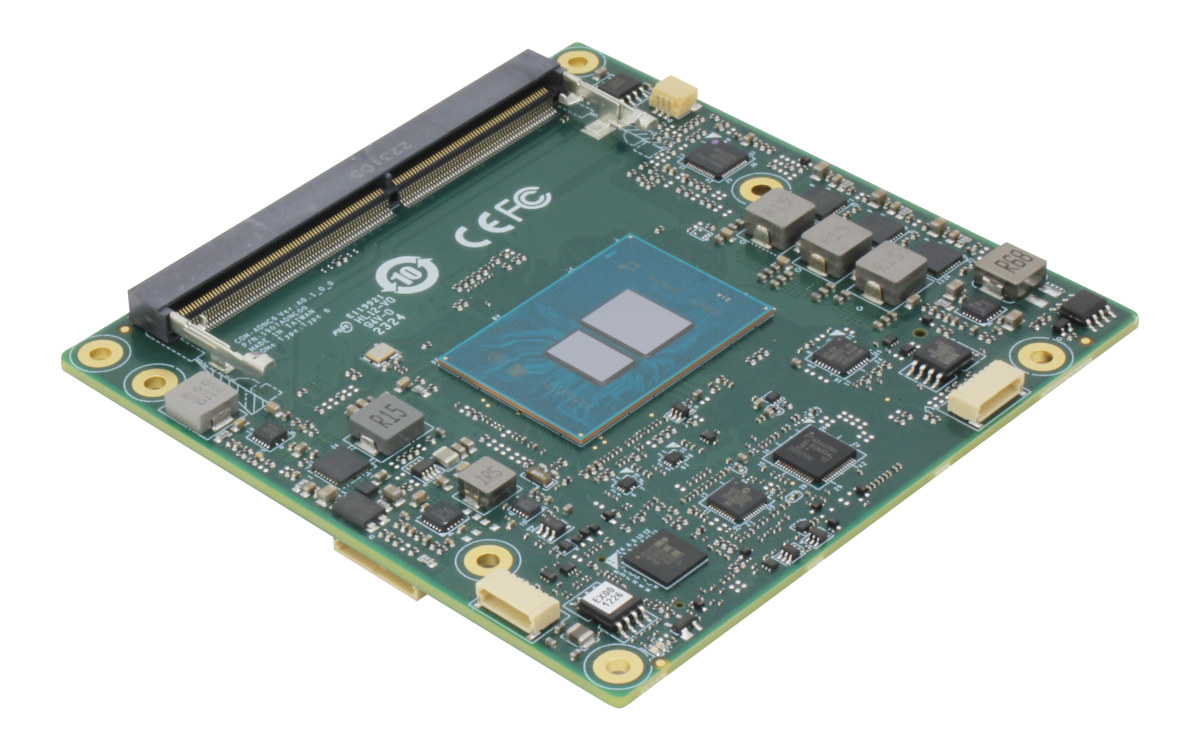Waveshare has recently released the ESP32-S3-Tiny mini development board powered by ESP32-S3 wireless MCU and measuring just 23.50 x 18 mm. Due to its compact form factor, it does not include a USB-to-UART converter or a USB port. That is why, you will need an additional adapter board with an FPC cable to program it, which costs only $1. Despite its small size, the board is feature-rich. It includes 34 multi-function GPIO pins, along with Wi-Fi, BLE, SPI, I2C, UART, ADC, PWM, and more. The design of the board is very similar to the Raspberry Pi RP2040-powered Waveshare RP2040-Tiny board that we covered last year. However, what sets this board apart is its 34 I/O pins, compared to the 23 found on the RP2040-Tiny board, and wireless connectivity. We’ve also written about several other boards with compact form factors, such as the Unexpected Maker NANOS3 board (28 x 11 mm), […]
Blues launches $19 Notecard XP cellular IoT module and Notecarrier XP series carrier board
Blues has recently released the latest entry to its Notecard family, the Notecard XP (External Power supply), an updated and more cost-effective version of its existing Notecard Cellular. This new model reduces costs by not including certain components, such as SIM switching hardware, an embedded SIM with a data plan, and conformal coating while retaining all key features and functionalities. These include an Arm Cortex-M4 microcontroller, a three-axis accelerometer, a temperature sensor, and a secure element. Additionally, they have also removed the radio power supply to reduce costs further, bringing the price down to just $19. Alongside this release, Blues has also introduced a new “midband” LTE Cat 1 bis Notecard Cellular model, which features a single antenna design making it more compact and economical. In February this year we have seen Blues announced the Blues Starnote IoT Module, along with the Notecarrier A, B, F, and Pi series of […]
Qualcomm QCC730 low-power Arm Cortex-M4F WiFi 4 SoC targets battery-powered IoT applications
Qualcomm has unveiled the “micro-power” QCC730 Arm Cortex-M4F dual-band WiFi 4 microcontroller for the IoT market that targets similar applications as the Espressif ESP32 microcontrollers but potentially at lower power consumption with claims of up to 88% lower power than “previous generations” making it suitable for battery-powered industrial, commercial and consumer applications. To highlight the low-power consumption, the company also mentions that QCC730 devices could become high-performance alternatives to Bluetooth IoT solutions with direct cloud connectivity. Qualcomm QCC730 specifications: CPU core – Arm Cortex-M4F @ 60 MHz Memory/ Storage 1.5 MB RAM, including 600KB for user app (On-chip RRAM (NVM) to host application without the need for an external NOR flash) 640 KB SRAM, including 260KB for user app XiP over QSPI Flash Wi-Fi Standards: 802.11b, 802.11g, 802.11n, 802.11a Spectral Bands: 2.4 GHz, 5 GHz Channels: 20 MHz Antenna Configuration: 1×1 Features: up to MCS3 Interfaces – Master I2C, 15x […]
Digi ConnectCore MP25 SoM targets Edge AI and computer vision applications with STM32MP25 MPU
Digi International, an American Industrial IoT solutions provider, has announced its latest system-on-module, the Digi ConnectCore MP25 SoM, at Embedded World 2024 in Nuremberg, Germany. The Digi ConnectCore MP25 SoM is built upon STMicroelectronics’ STM32MP25 microprocessor. It supports artificial intelligence and machine learning functionality through an integrated neural processing unit (NPU) capable of 1.35 tera operations per second (TOPS) and an image signal processor (ISP). It is powered by two 64-bit Arm Cortex-A35 cores running at 1.5GHz, supported by a 32-bit Cortex-M33 core operating at 400MHz and a 32-bit Cortex-M0+core running at 200MHz. With its machine learning capabilities, support for time-sensitive networking, and versatile connectivity features, the ConnectCore MP25 module is suitable for edge AI, computer vision, and smart manufacturing applications in various sectors, including medical, energy, and transportation. Digi ConnectCore MP25 specifications: SoC – STMicroelectronics STM32MP257F CPU – 2x 64-bit Arm Cortex-A35 @ 1.5 GHz; MCU 1x Cortex-M33 @ […]
Cavli’s CQM220 5G RedCap module is available in LGA, M.2, and mPCIe form factors
At Embedded World 2024, leading cellular IoT module manufacturer, Cavli Wireless, is set to shine the spotlight on their latest product offering, the CQM220 cellular IoT module with support for the 5G RedCap (reduced capability) standard introduced in 3GPP Release 17. The module is available in three different form factors: LGA, M.2, and mPCIe Gen 2. It offers a maximum network speed of 226 megabits per second (Mbps) for downlink communication and 121 megabits per second for uplink communication. Similar to the Cavli C16QS module, it can support an integrated eSIM for global coverage via the Calvi Hubble cloud platform and comes with an optional GNSS (Global navigation satellite system) for tracking applications. Cavli CQM220 specifications: Processor – ARM Cortex-A7 @ up to 1.7 GHz Memory / Storage 256 MB RAM 256 MB flash Radio Radio Access Technology: 5G RedCap 3GPP Release: 17 Fallback: 4G LTE Cat 4 Network Speed […]
Murata Type 2GT tiny LoRa module features Semtech LR1121 with Sub-GHz ISM, 2.4GHz, satellite S-Band support
Murata Type 2GT module is a tiny multi-band, low-power radio LoRa module based on the Semtech LR1121, the successor of the LR1120, that supports 860 to 930 MHz and 2.4GHz ISM bands, as well as the 2.1 GHz Satellite S-Band meaning it can work globally. The Type 2GT module measures just 9.98 x 8.70 x 1.74mm and is built on a PCB housed in a metal case and packaged as a land grid array. It combines the Semtech LR1121 RF transceiver IC, a thermally compensated crystal oscillator (TCXO), a second 32KHz crystal, an RF switch, and an RF matching network. Murata Type 2GT module (LBAA0XV2GT-001) specifications: Transceiver – Semtech LR1121 LoRa transceiver LoRa frequencies 860 to 930 MHz (ISM) 2.4 GHz ISM 2.1 GHz satellite S-Band Technology – LoRa, LR-FHSS (Long Range – Frequency Hopping Spread Spectrum) 32 MHz TCXO for maximum frequency accuracy Peripheral I/F – SPI and GPIOs […]
Quectel KG200Z LoRa module is now secured by The Things Stack
In January of this year, Quectel launched the KG200Z LoRa Module, an Arm Cortex-M4-based module boasting a self-proclaimed range of 2-5 kilometers in urban settings and 10-15 kilometers in suburban areas. At that time, it was just another LoRa module with some additional features. However, in the latest development, Quectel and The Things Industries have announced a partnership that ensures this LoRa module comes integrated with “Works with The Things Stack” and “Secured by The Things Stack” certifications, enhancing its value and utility. In simpler terms, it’s been tested and proven to operate smoothly within The Things Stack ecosystem. Earlier this year, we saw STMicro and Particle Industries release their LoRa-based modules and devices. Feel free to check those out if you are interested. KG200Z LoRa Module Specification: Arm Cortex-M4-based standalone LoRa module (STM32WL) Frequency support – 470–510MHz and 862–928MHz bands Low power – 1.7 μA in deep sleep mode […]
AAEON COM-RAPC6 and COM-ADNC6 COM Express modules feature Raptor Lake and Alder Lake-N CPUs
AAEON has unveiled two COM Express Type 6 Compact Computer-on-Module families with the COM-RAPC6 designed for high performance with 13th generation Raptor Lake processors from the 15W Intel Processor U300E up to 45W Intel Core i7 SKUs, and the COM-ADNC6 optimized for efficiency with Alder Lake-N processors such as the Intel Core i3-N305 or Atom x7425E CPUs. COM-RAPC6 Raptor Lake COM Express CPU modules Specifications: 13th gen Raptor Lake SoC (one or the other) – Note frequencies shown as base frequencies Intel Core i7-13800HRE 14C/20T processor @ 2.5GHz with Intel Iris Xe Graphics; PBP: 45W Intel Core i7-13800HE 14C/20T processor @ 2.5GHz with Intel Iris Xe Graphics; PBP: 45W Intel Core i5-13600HE 12C/16T processor @ 2.7GHz with Intel UHD Graphics; PBP: 45W Intel Core i3-13300HE 8C/12T processor @ 2.1GHz with Intel UHD Graphics; PBP: 45W Intel Core i7-1370PE 14C/20T processor @ 1.9GHz with Intel UHD Graphics; PBP: 28W Intel Core […]


